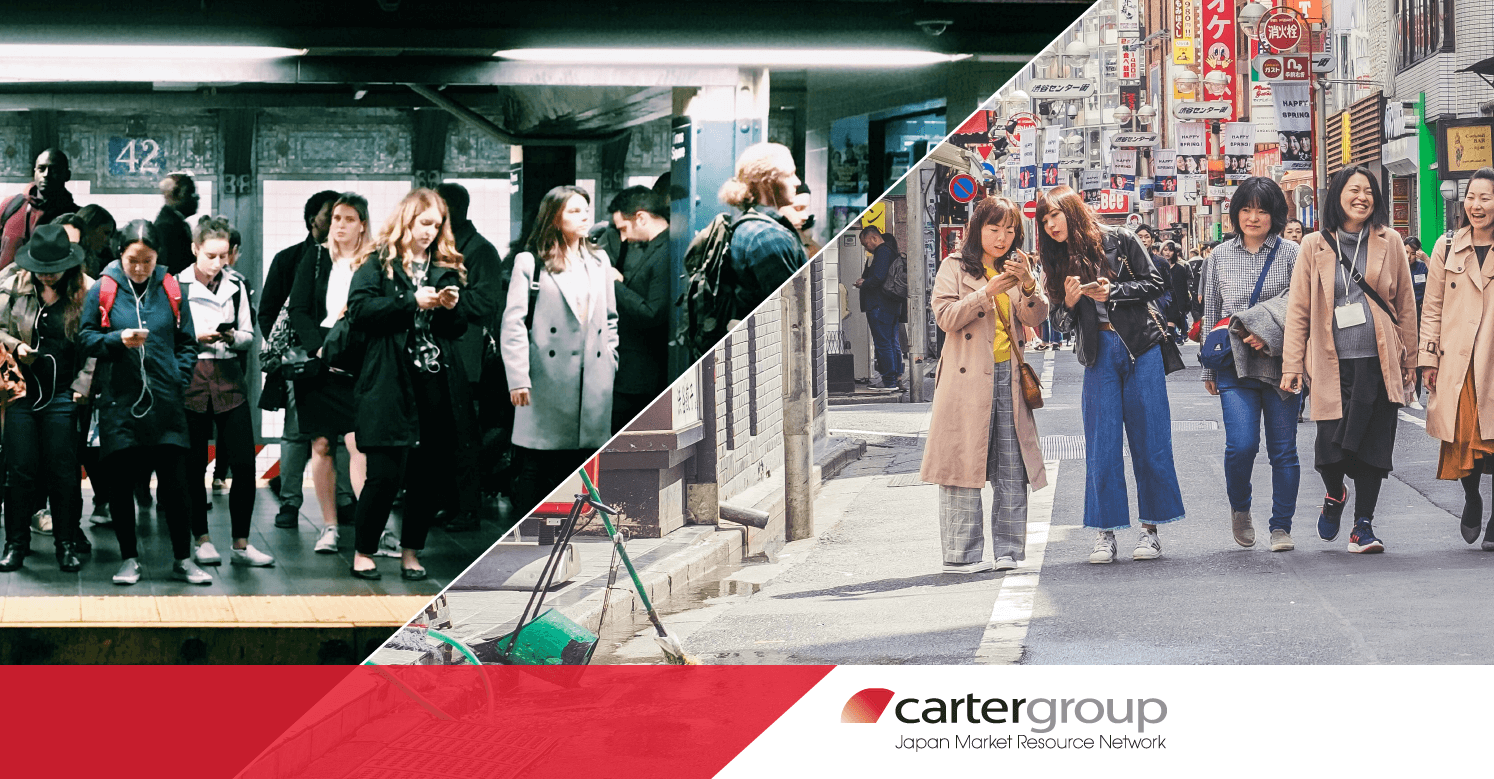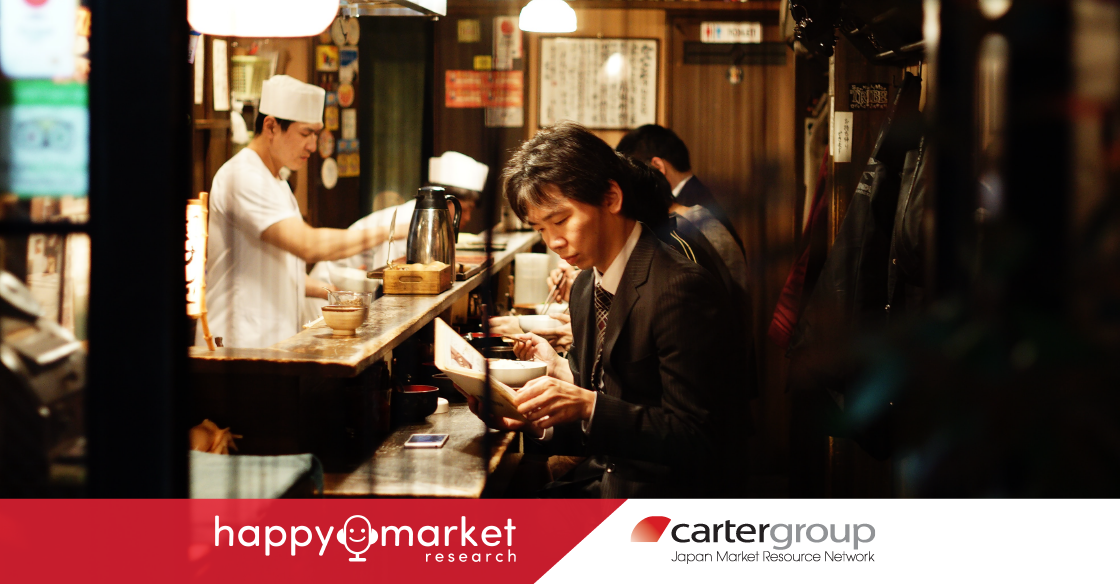
by carterjmrn | Jul 6, 2023 | Carter Group Viewpoints, Japan Market Entry
For brands seeking new frontiers and aiming for success on the entrepreneurial journey, there is no more interesting and fulfilling landscape than Japan. With years of experience partnering with and propelling products, services, and ideas into the Japanese market, we...

by carterjmrn | Jun 19, 2023 | Ageing and Generations, Aging Technology, Carter Group Viewpoints
The Power of Seniors in Business Japan is known for having the world’s largest aging population, and this demographic group is becoming more important for businesses. In particular, seniors are a significant consumer group that spends more than younger...

by carterjmrn | Jun 6, 2023 | Japan Market Entry, Market Research Methodology
It may be easy to think that the most relevant stakeholder in UX research is the end user. When it comes to creating the best customer experience strategy, they are not the only player needing attention. But no man – or stakeholder – is an island. They cannot be...

by carterjmrn | May 26, 2023 | Carter Group Viewpoints, Japan Market Entry
Qualitative research methods such as ethnography, in-depth interviews and focus groups are well suited to elicit unexpected insights into a culture other than one’s own. Especially in Japan, where gaining human-centered insights into behaviors and preferences can be...

by carterjmrn | May 22, 2023 | Japan Market Entry
Are you planning to conduct market research in Japan? Don’t let the country’s demographic homogeneity fool you. While Japan may not be as diverse as the US, where there is much more diversity regarding race, ethnicity, and cultural background, there is...

by carterjmrn | May 9, 2023 | Changing World of Work, Japan Market Entry, Market Research Methodology
Asynchronous research facilitates information sharing among participants outside the constraints of time and place. In other words, when teams need effective feedback for product development strategy, they don’t need to require the market research participant to be at...

by carterjmrn | Apr 26, 2023 | Carter Group Viewpoints, Women Power
We often hear Japan described as a ‘traditional’ society. That description certainly conjures up images of geisha walking down the streets and other well-worn tropes. That isn’t what you see in Japan (well, most of the time, anyway). But if we consider a traditional...

by carterjmrn | Apr 4, 2023 | Carter Group Viewpoints
Growth-driven product managers already know how important the onboarding experience is in our globally interconnected world. It’s crucial to convert free users of software platforms or SaaS products to paying customers and, even more importantly, keep them on their...

by carterjmrn | Mar 15, 2023 | Japan Market Entry
Market research, as we all know, is equal parts art and science. And yet, many big brands overlook the art part of the equation when entering a new market or launching a new product. They want all the bells and whistles of qualitative or quantitative research, the...









